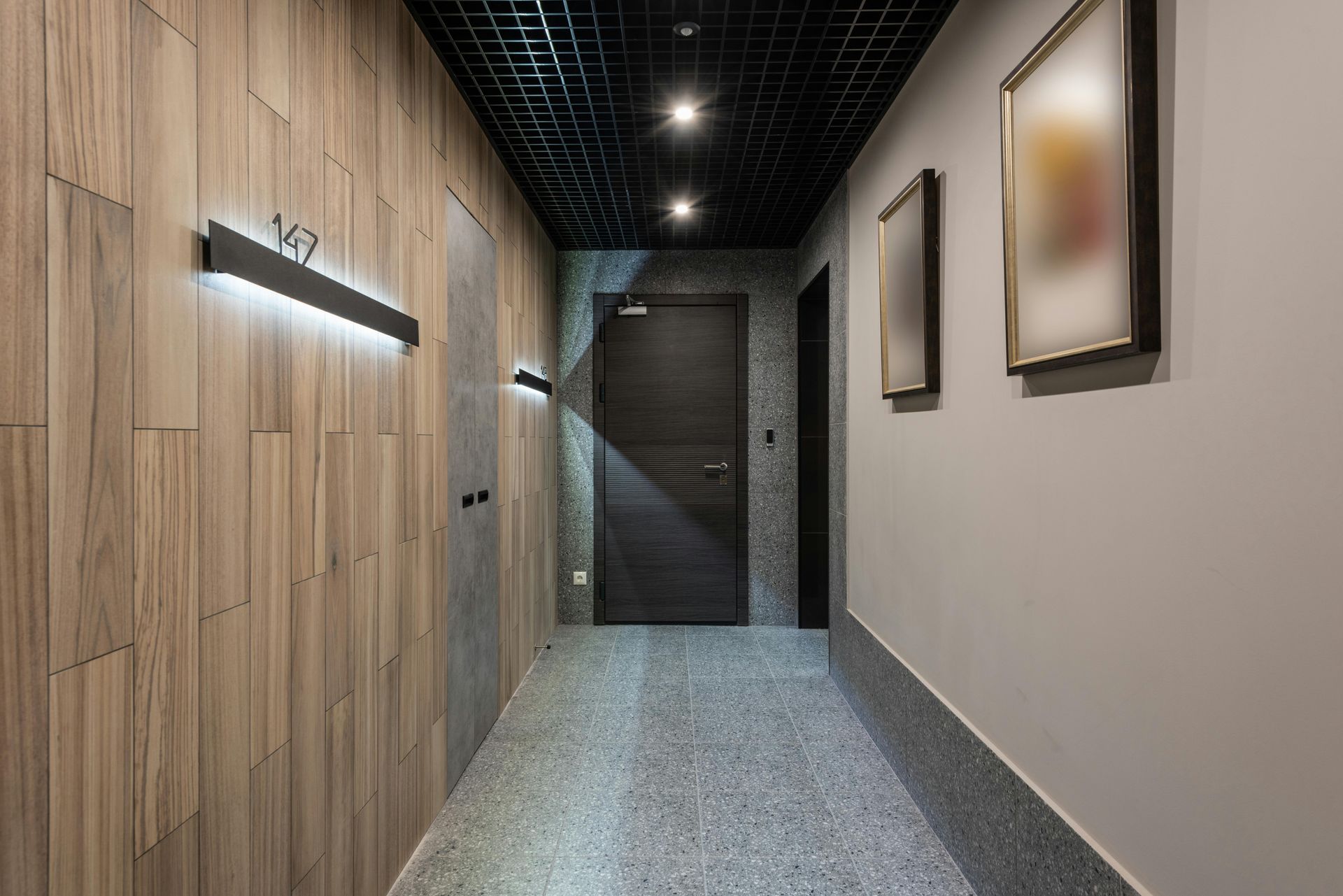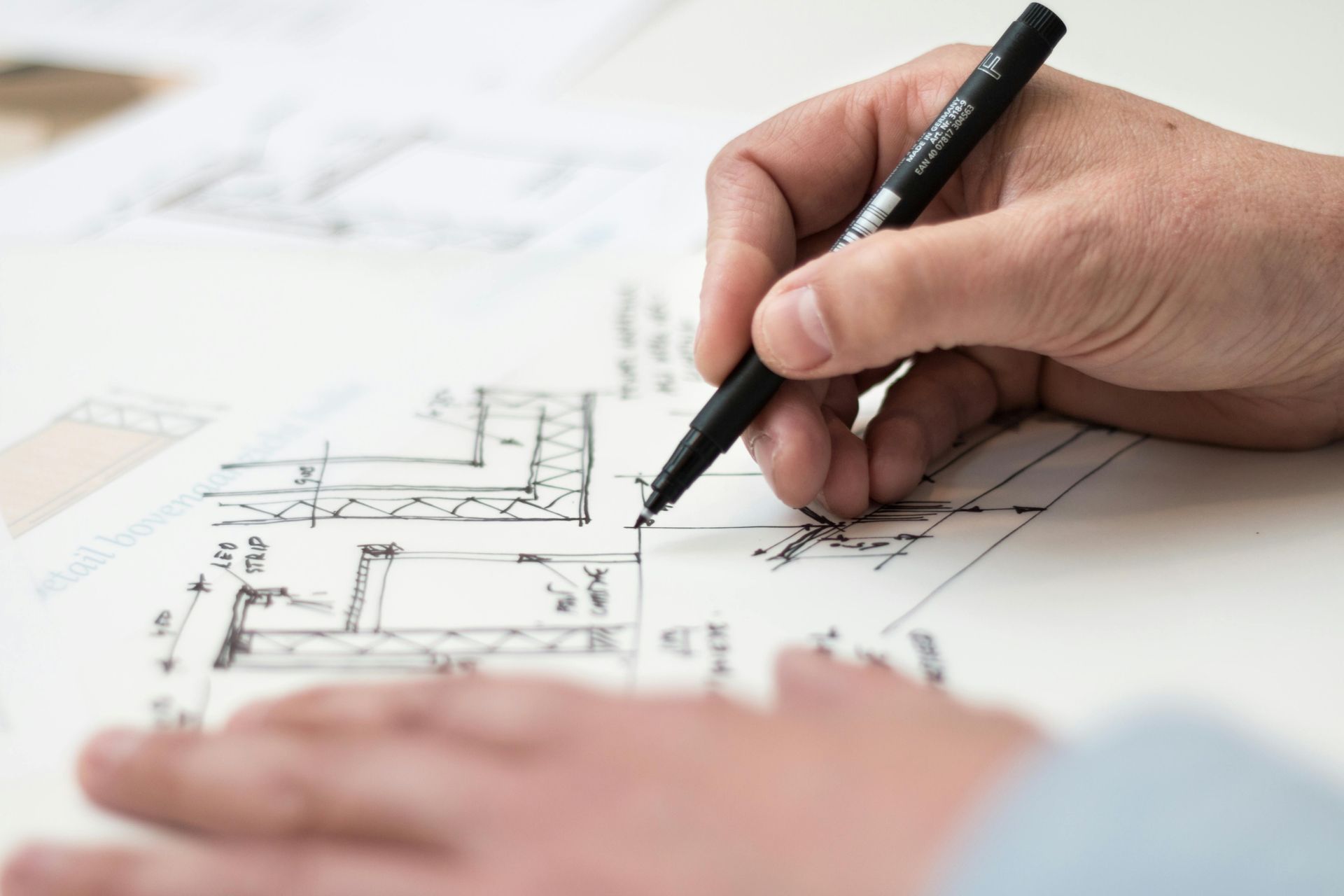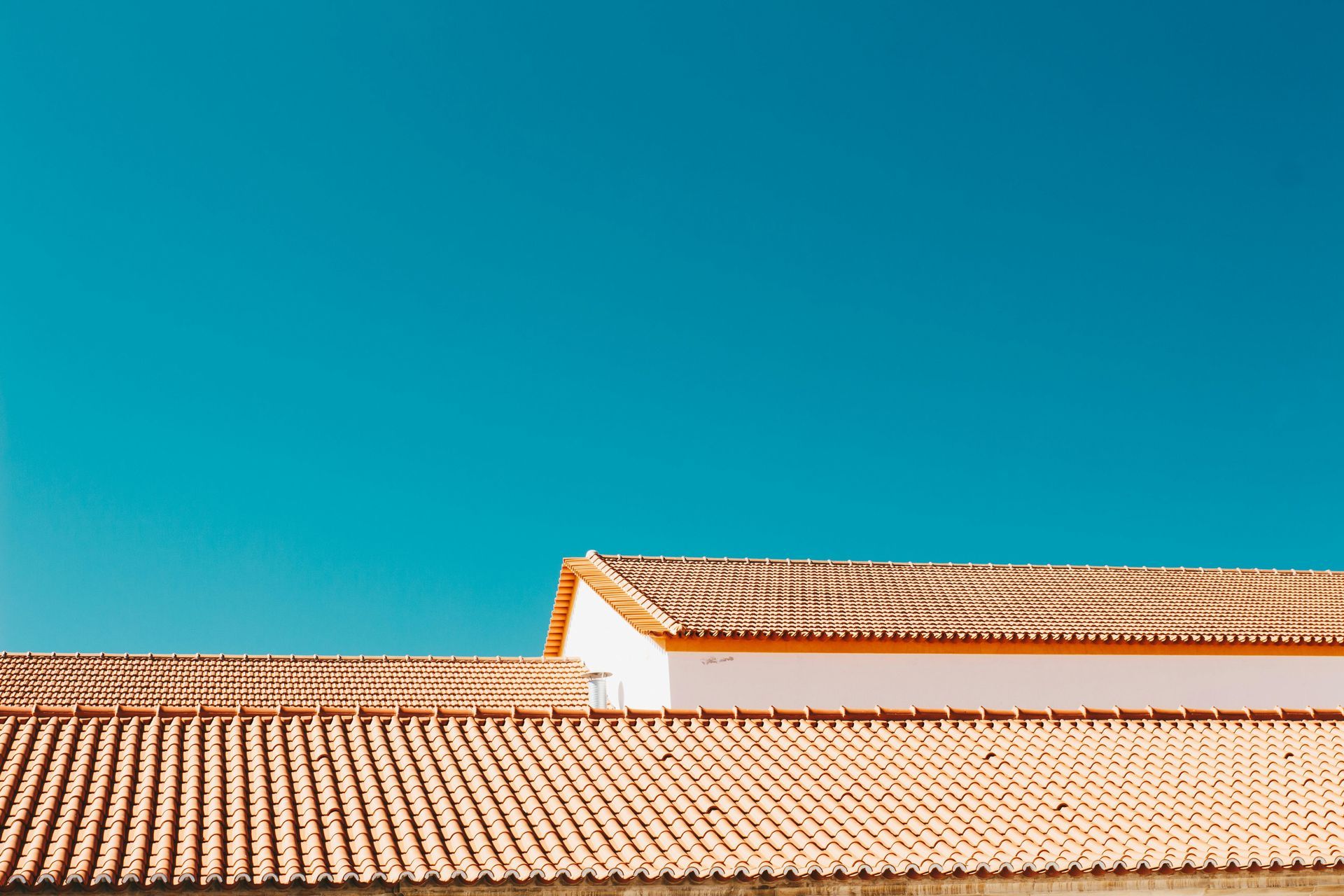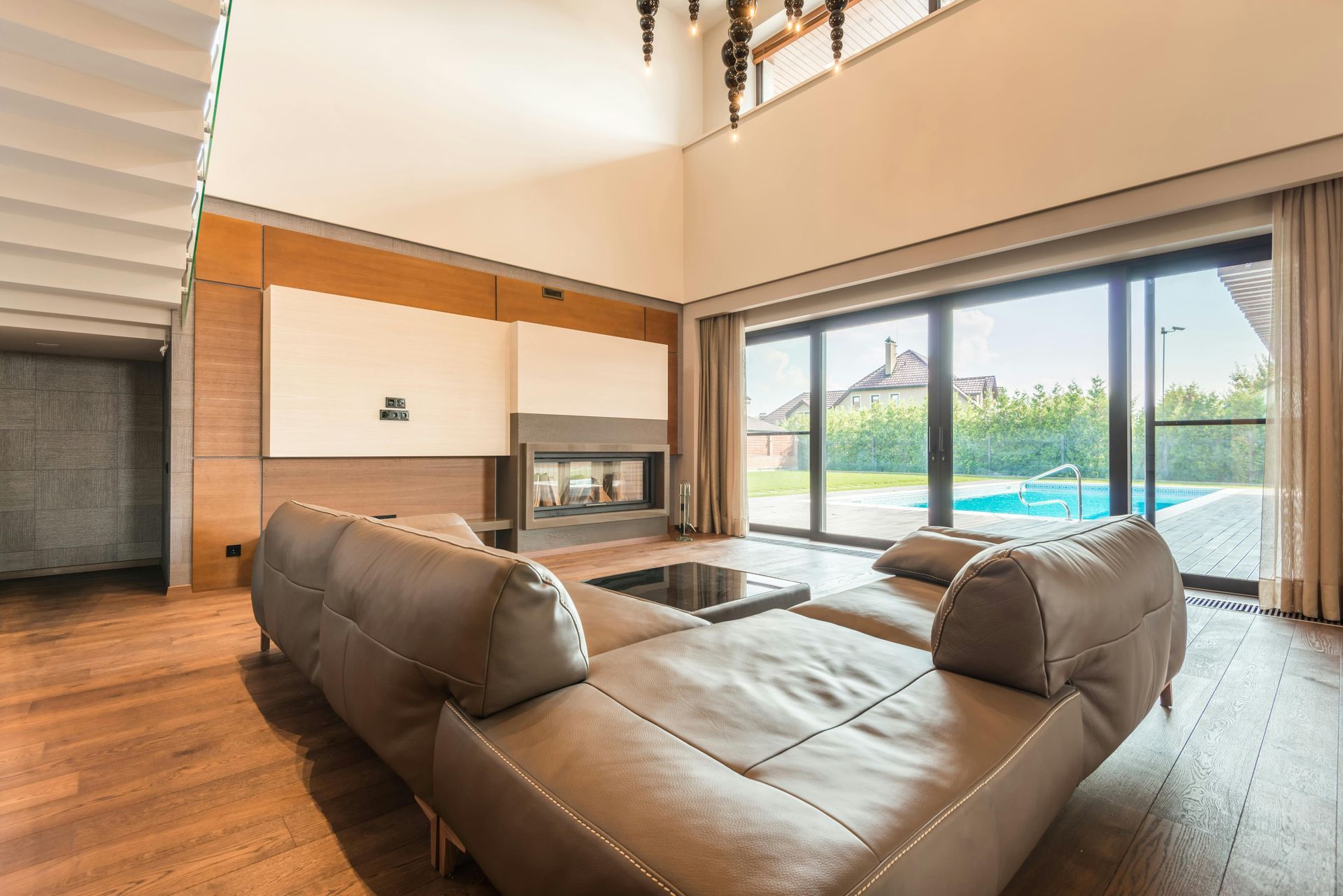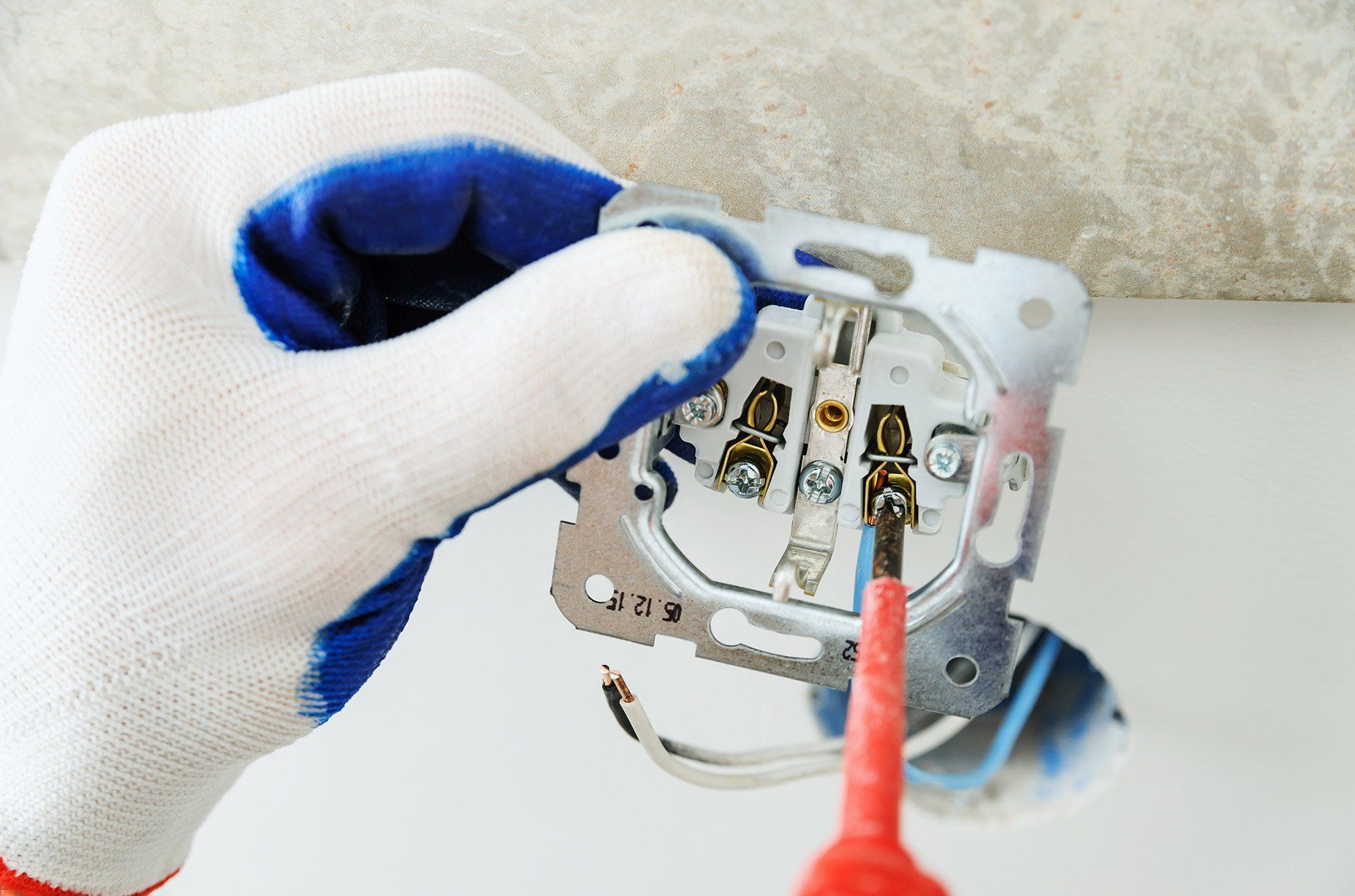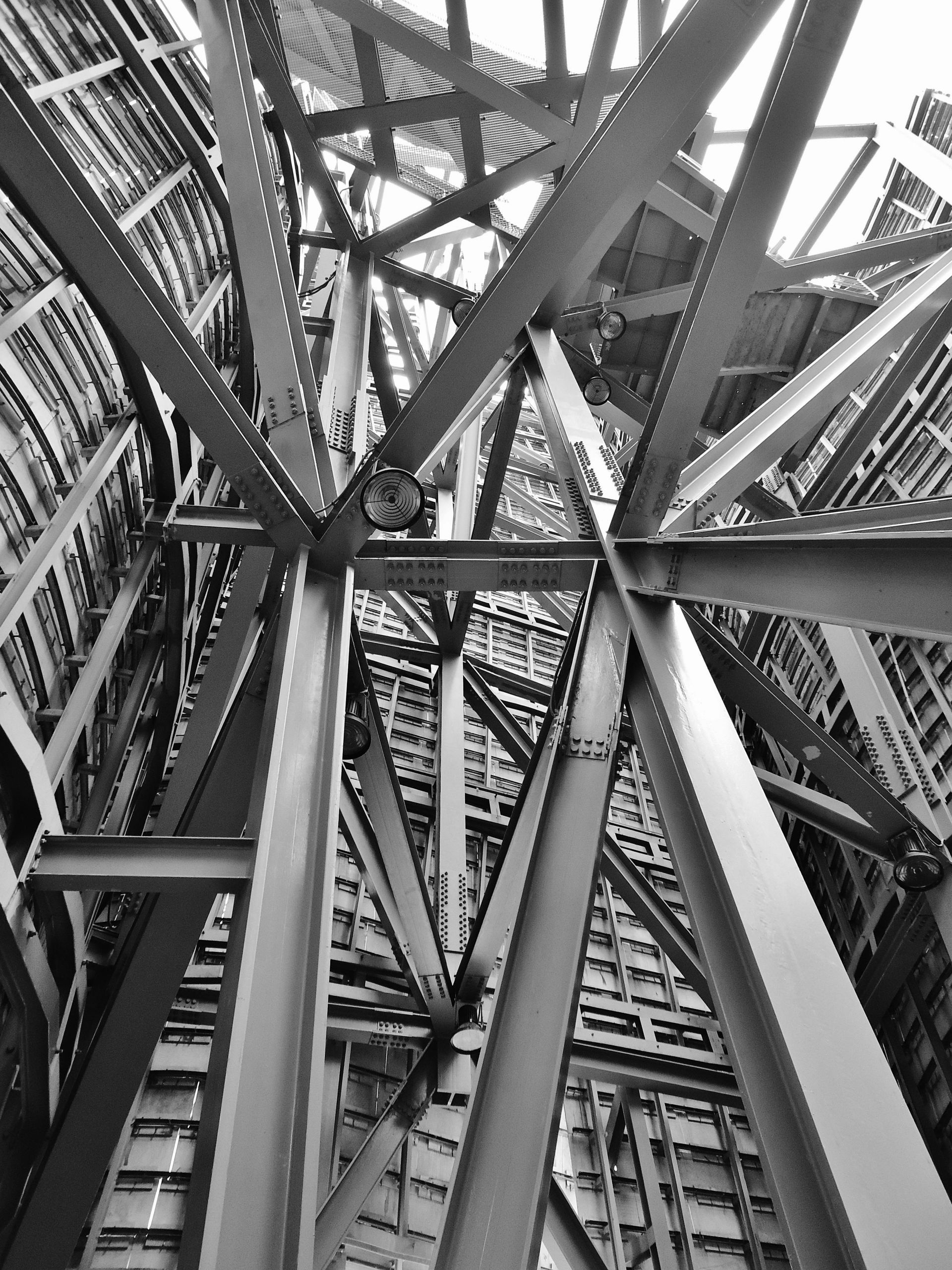What is the U value in an extension?
The U-value, also known as thermal transmittance, is a critical measurement in the construction and extension of buildings. It quantifies the rate at which heat transfers through a structure's materials, such as walls, roofs, and windows. The lower the U-value, the better the material's insulation properties, making it a key factor in designing energy-efficient extensions and buildings. Lets look into what the U-value signifies, its importance in construction of your new extension, and how it influences the design and sustainability of building extensions.
Understanding U-Value
U-value measurements are expressed in watts per square meter per degree Celsius (W/m²K). This unit measures the amount of heat that passes through one square meter of a material for every degree of temperature difference between the inside and outside environments. A lower U-value indicates that less heat is lost, showcasing the material's superior insulation capability. Conversely, a high U-value suggests poor insulation, leading to greater heat loss. This sounds complicated but don't worry we will ensure the best performance per cost price!
Importance in Construction and Extensions
When planning an extension, understanding and applying U-values is paramount for several reasons:
Energy Efficiency: A lower U-value contributes to reduced energy consumption by maintaining a more stable indoor temperature. This efficiency cuts down on the need for additional heating or cooling, leading to significant energy savings and lower utility bills.
Building Regulations: Many regions have specific building codes and regulations that set minimum standards for U-values in new constructions and extensions. Adhering to these standards is not just about compliance; it's about constructing spaces that are comfortable, sustainable, and cost-effective over time. This is where our experience comes into play. We know the rules and regulations but we also know what works well so whether its York Council or North Yorkshire Council we are on top of giving you the right build
Environmental Impact: By optimising the U-value in building extensions, architects and us builders can minimise the carbon footprint of a building. Efficient insulation reduces the demand on heating and cooling systems, thereby lowering the overall energy consumption and contributing to environmental sustainability.
In the context of an extension, the U-value informs decisions about materials and construction techniques. For example, choosing windows with low U-values is crucial because glass is typically a poor insulator. Advanced glazing technologies, such as double or triple glazing filled with inert gas, can significantly improve a window's U-value.
Insulation materials play a vital role in achieving low U-values for walls and roofs. Options like polyurethane foam, mineral wool, or polystyrene can effectively reduce heat transfer, ensuring the extension is well insulated. Additionally, thermal bridges, areas where heat transfer occurs more readily, must be carefully managed. Design techniques and materials that minimise these bridges contribute to a lower overall U-value.
The U-value is a fundamental concept in the design and construction of building extensions, embodying the relationship between thermal efficiency, regulatory compliance, and environmental stewardship. By prioritising low U-values, builders and homeowners can create extensions that are not only comfortable and cost-effective but also aligned with broader sustainability goals. Understanding and implementing strategies to achieve optimal U-values is essential for the future of construction, making buildings part of the solution to energy consumption and climate change challenges. As always we are happy to offer our help and advice and experience in building luxury extensions which are energy efficient.
